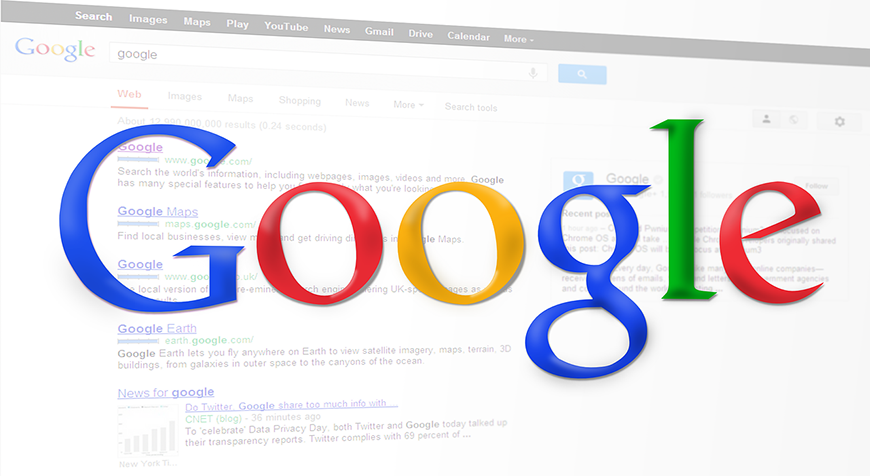You’ve just set up a new online marketing channel for your business.
Where do you want people to go once they click on the call to action link in your ad, email or post?
Your home page? A product page? Somewhere else?
If you send them to your home page, like businesses frequently do, you’ll only convert 1-3% of visitors into leads.
That’s pretty low.
However, if you send your traffic to a dedicated landing page designed to convert those visitors into leads, your conversion rate increases to between 5-15%.
That’s five times more leads and, depending on how much traffic your digital marketing channels are generating, a significant potential increase in revenue.
The goal of a landing page is to increase conversion rate. Therefore, since they are very targeted and specific to the traffic that is being sent to them, there is no ‘one size fits all’.
However, there are a few keys things that all landing pages should include.
1. Engaging headline (and sub-headline)
The first thing people see when they arrive on your landing page? The headline.
Have a poor headline and the person is gone. It doesn’t matter how awesome the rest of your landing page is.
To write an engaging headline, think about why people have ended up on your landing – what problem do they have that you can solve?
If it’s a big problem, there will be a lot of emotion associated with it, use this in your headline. After all, people are emotional decision-makers.
Be specific. Saying that using your product will allow them to “save $2,000 per year” is much more powerful than saying it will just “save you money”.
2. Persuasive description
You’ve got the person’s attention and now you need to tell them what you want them to do and show them why they should do it.
This doesn’t need to be long but should cover off your product or service’s unique selling points and benefits.
Focus on value and clearly and concisely show the potential customer what it will do for them. Bullet points are particularly effective.
It is also a good idea to match the content to the traffic source. You know where the person has come from and can use this information to further tailor the content to them.
For example, you may be running a Facebook Ad campaign targeting property managers. Since you know the traffic hitting your landing page are most likely property managers, you can make the description particularly relevant to them.
3. Supporting image or video
Images and particularly video can be even more effective than the written copy in engaging potential customers.
For images, you can use before and after photos, product shots, or infographics, depending on the product or service you are offering.
An explainer or introductory video, or video testimonial can also be used to support your persuasive offer.
If you are using video, it is important to keep these short. Two minutes would be the absolute max.
4. Social proof
If a friend recommends a product or service, you’re much more likely to try it, right?
If you’re looking to try a new restaurant, you often check out its online reviews before you decide whether to eat there.
This is social proof in action and you can harness it on your landing page by including testimonials, awards or the logos of recognisable brands that have used your product or service.
All of these increase the credibility of what you’re offering and increase its perceived value in the eyes of your potential customer.
There are four aspects that can increase the persuasiveness of your social proof. That it is:
- Positive – rather obvious!
- Specific – the more detail you can provide about the person giving the testimonial (full name, role, possibly a photo) and what your product or service did for them the better.
- Recognisable – the better known the person who gave the testimonial, the more persuasive it will be.
- Relevant – if the testimonial is from someone who is well-known in your industry then it will be even more effective.
5. Lead capture form or a clear call to action
Finally, and extremely importantly, you need to include a form to capture the person’s details.
The form should be nice and simple, and you should only ask for the information that you actually need.
You’ve done all the hard work in getting the potential customer to this point, you don’t want to lose them because you asked for every little personal detail.
You can gather more information later, but right now all you need is their name and a way to contact them (usually an email address).
If you aren’t able to include a form on your landing page, a clear eye-catching call to action button is the next best thing.
Conclusion
To maximise the effectiveness of your online marketing, you should be using landing pages and not just sending traffic to your home page.
All landing pages should include an engaging headline, followed by a persuasive description of your offer, supported by an image or video, backed up by social proof, and finished off with a lead capture form.
As you should be using different landing pages for different marketing channels and target customers, it’s a good idea to have a ‘landing page template’ set up in your website’s CMS (Content Management System), so you can create these quickly and easily when you need them.
If you don’t already have a landing page template set up, we can do this for you – get in touch.
Want more from your website?
Get practical, easy to implement guidance and tips to accelerate your online performance with a personalised one on one phone consultation







 The Risks of Having An Out of Date Website
The Risks of Having An Out of Date Website
 How to Use Marketing Buyer Personas to Improve the Effectiveness of Your Website
How to Use Marketing Buyer Personas to Improve the Effectiveness of Your Website
 How Marketing Has Changed in 2021
How Marketing Has Changed in 2021